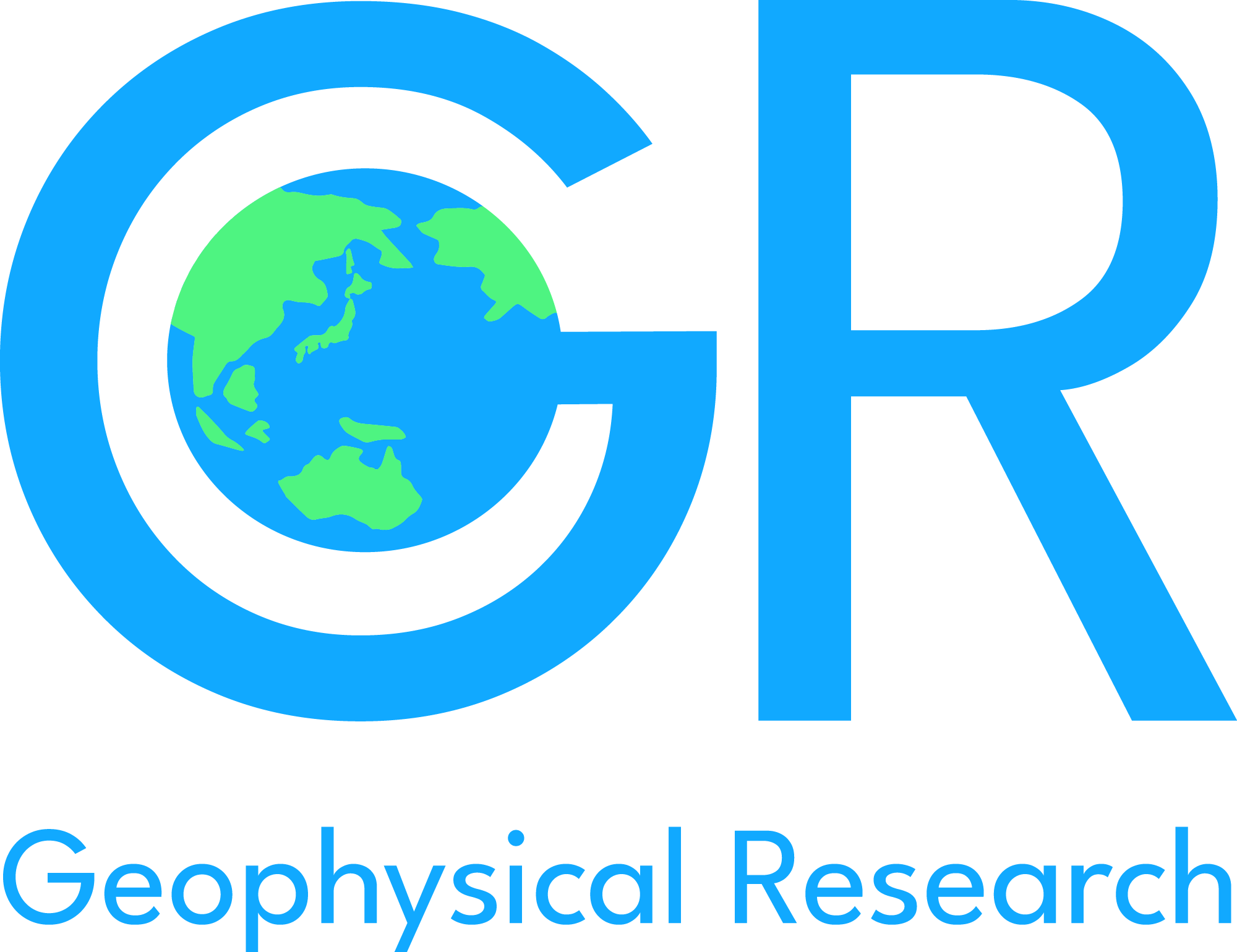Thermodynamically Constrained Averaging Theory: Why Bother?
Abstract
Porous medium researchers and practitioners usually rely on macroscale models to represent systems of concern. While macroscale models have often been formulated phenomenologically, the thermodynamically constrained averaging theory (TCAT) provides a means to rigorously derive closed macroscale models for a wide variety of systems. However, the TCAT approach can appear overwhelmingly complicated, the entry point for use unclear, and the advantages not self-evident. In response to these perceived shortcomings, we demonstrate several aspects of TCAT macroscale model formulations for single-fluid flow in a porous medium. Specifically, we illustrate an essentially exact macroscale model derived from a rigorous connection across scales, show how an entropy inequality can be used to derive an approximate macroscale form for the Stokes-flow regime, and examine models in the transition flow regime. A special emphasis is placed upon leveraging available results, and other application opportunities are summarized.
Keywords: Model Development, Upscaling, Porous Media
How to Cite:
Weigand, T. M., Gray, W. G. & Miller, C. T., (2024) “Thermodynamically Constrained Averaging Theory: Why Bother?”, ARC Geophysical Research (1), 1. doi: https://doi.org/10.5149/ARC-GR.1362
Downloads:
Download PDF
View PDF
Funding
- Name
- National Institute of Environmental Health Sciences
- Funding ID
- P42ES03100
- Name
- National Science Foundation
- Funding ID
- ACI-1548562
1222 Views
185 Downloads
